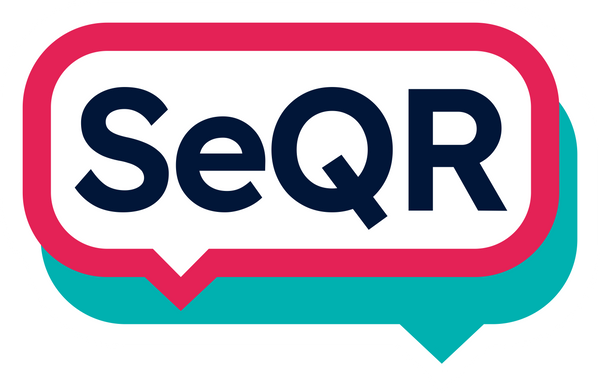News
The Professional's Secret Weapon: Never Lose Wh...
Losing vital work gear is a professional's nightmare. Discover how SeQR Contact's smart QR codes offer a secure, private way to recover your lost items, minimizing stress and maximizing your...
The Professional's Secret Weapon: Never Lose Wh...
Losing vital work gear is a professional's nightmare. Discover how SeQR Contact's smart QR codes offer a secure, private way to recover your lost items, minimizing stress and maximizing your...
Tired of Phone Tag? How SeQR Contact Helps Serv...
Tired of phone tag and sharing your personal number with clients? Discover how SeQR Contact's innovative QR codes help service professionals deliver seamless communication, elevate customer satisfaction, and protect their...
Tired of Phone Tag? How SeQR Contact Helps Serv...
Tired of phone tag and sharing your personal number with clients? Discover how SeQR Contact's innovative QR codes help service professionals deliver seamless communication, elevate customer satisfaction, and protect their...
Is Your Home Truly Connected? Beyond Smart Devi...
Even smart homes can't solve every communication gap. Discover how SeQR Contact gives your home a voice, ensuring you get critical alerts and package updates privately, even when you're away.
Is Your Home Truly Connected? Beyond Smart Devi...
Even smart homes can't solve every communication gap. Discover how SeQR Contact gives your home a voice, ensuring you get critical alerts and package updates privately, even when you're away.
Lost Luggage? Passport Panic? Not Anymore. Trav...
That gut-wrenching feeling of losing something while traveling? SeQR Contact offers a smart, secure way to get your lost luggage, passport, or valuables back. Discover how a simple QR code...
Lost Luggage? Passport Panic? Not Anymore. Trav...
That gut-wrenching feeling of losing something while traveling? SeQR Contact offers a smart, secure way to get your lost luggage, passport, or valuables back. Discover how a simple QR code...
How a Little QR Code Can Bring Big Peace of Min...
Worried about lost belongings or keeping your family safe? Discover how SeQR Contact's innovative QR code tags offer a private, secure way to reunite with lost items and loved ones,...
How a Little QR Code Can Bring Big Peace of Min...
Worried about lost belongings or keeping your family safe? Discover how SeQR Contact's innovative QR code tags offer a private, secure way to reunite with lost items and loved ones,...
SeQR Contact is Every Student's Best Friend | N...
Student life is a whirlwind, and losing track of essentials like your laptop charger or textbooks can be a nightmare. Learn how SeQR Contact offers a smart, private way to...
SeQR Contact is Every Student's Best Friend | N...
Student life is a whirlwind, and losing track of essentials like your laptop charger or textbooks can be a nightmare. Learn how SeQR Contact offers a smart, private way to...
